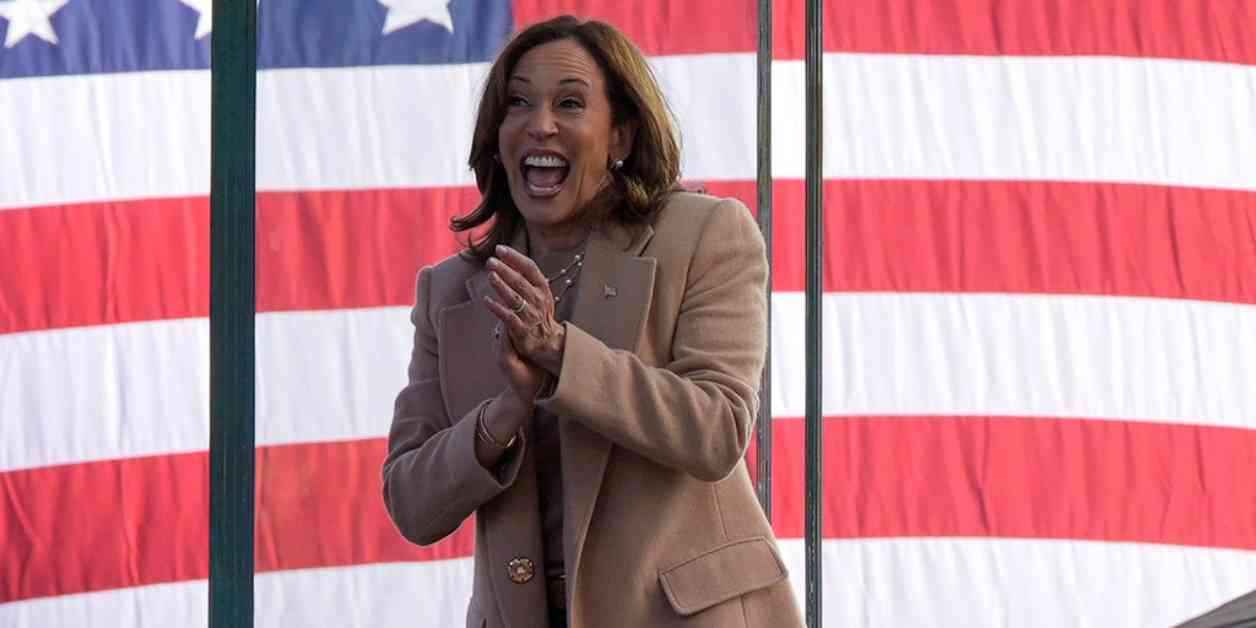Kamala Harris, former Vice President and key political figure, is on the brink of making a significant decision regarding her future in the political arena. After a tough loss in the last White House election to President Donald Trump, she is contemplating a gubernatorial bid in 2026 to succeed California’s term-limited Governor Gavin Newsom. Sources close to Harris have revealed that she will announce her decision by the end of the summer, sparking a whirlwind of speculation and anticipation in the political landscape.
Harris’ journey to this crossroads has been a long and illustrious one. From her days as the San Francisco district attorney to her time as California’s attorney general and her tenure in the U.S. Senate, she has been a trailblazer in the political realm. However, her most significant role came as Vice President, stepping in for President Joe Biden in the 2024 presidential race. Despite facing multiple challenges and uncertainties, she has emerged as a formidable force in the Democratic Party’s leadership.
### The Dilemma: Gubernatorial Run or Presidential Bid?
As Harris contemplates her next move, she faces a critical choice between launching a gubernatorial campaign in California in 2026 or setting her sights on the presidency again in 2028. Early polls suggest that she enjoys a significant lead over other potential contenders in the Democratic Party’s presidential nomination race. However, the road to the White House may be hindered if she decides to run for governor in California, a state known for its deep blue roots and formidable political landscape.
Considering the magnitude of both options, Harris finds herself at a crossroads where she must carefully weigh her ambitions against the practicalities of the political arena. Her decision will not only shape her future but also have far-reaching implications for the Democratic Party and the broader political landscape in the years to come.
### The Road Ahead: Supporters, Competitors, and Challenges
If Harris chooses to pursue a gubernatorial bid, she is likely to face a field dominated by Democrats eager to support her candidacy. California Attorney General Rob Bonta has already expressed his backing for Harris, acknowledging her potential to be a “field-clearing” candidate in the upcoming race. However, other prominent figures, such as Lt. Gov. Eleni Kounalakis and former Los Angeles Mayor Antonio Villaraigosa, present formidable competition in the Democratic Party’s gubernatorial primary.
On the Republican side, figures like Richard Grenell and Riverside County Sheriff Chad Bianco have thrown their hats into the ring, signaling a potentially contentious battle for the governor’s seat in California. The state’s unique primary system, where the top two finishers advance to the general election regardless of party affiliation, adds an extra layer of complexity to an already heated political contest.
As the political landscape in California heats up with the prospect of Harris’ candidacy, the stage is set for a dramatic showdown that could redefine the state’s political future. With the 2026 election looming on the horizon, all eyes are on Kamala Harris as she navigates the intricate web of political ambitions and strategic calculations.
In conclusion, Kamala Harris stands on the precipice of a pivotal decision that could shape her political trajectory for years to come. As she weighs the pros and cons of a gubernatorial run versus a presidential bid, the stakes are higher than ever, with allies, competitors, and challenges awaiting her at every turn. The road ahead is fraught with uncertainties and opportunities, and only time will tell the outcome of Harris’ momentous decision.







































